A team of researchers has made a major breakthrough in measuring the structure of nanomaterials under extremely high pressures.
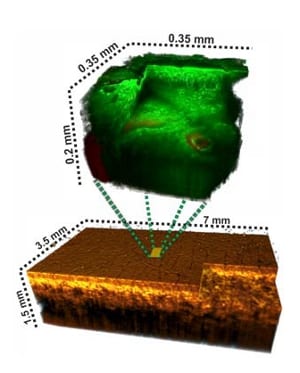
A fruitful combination – two optical processes combine for new 3D skin imaging technique
Combining two methods into a single platform opens up new possibilities for non-invasive 3D skin imaging.
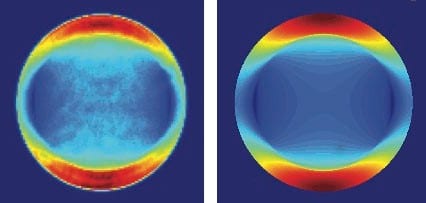
Nanomaterial light emission studies could improve optical imaging
Understanding the source and orientation of light in light-emitting thin films could lead to better devices that use layered nanomaterials.
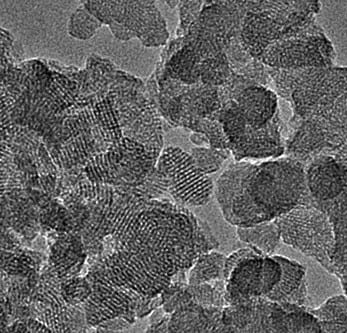
Dual imaging MRI contrast agents using robotic synthesis
Robotic synthesis rapid screening and characterisation techniques used to development new materials for MRI.
Carbon nanotubes lower nerve-damaging chloride in cells
A nanomaterial engineered by researchers at Duke can help regulate chloride levels in nerve cells that contribute to chronic pain, epilepsy, and traumatic brain injury.
Plastic packaging industry moves further towards bio-based products
Bio-based plastic packaging produced using the new technique also offers superior quality.
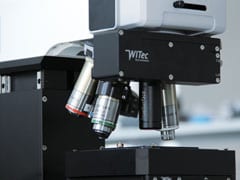
Integrated Imaging System for Topographic Raman Imaging
Imaging option “TrueSurface microscopy”, now available also as an integrated option for the alpha300” microscope series. This development enables topographic Raman Imaging on large samples for the full range of WITec instruments. The new imaging mode is also available as an upgrade for installed “alpha300” and “alpha500” systems.
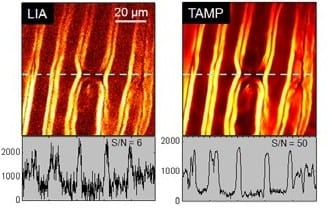
More signal less noise: inproved nonlinear optical imaging
A superior signal to noise ratio for heterodyne detected nonlinear optical imaging can be attained by a newly developed tuned amplifier system in a lock-in free manner, as demonstrated through stimulated Raman scattering imaging of live cells and tissues.
Optical Imaging and Metrology
A comprehensive review of the state of the art and advances, future potential, and development trends of optical imaging and optical metrology. [XX, 482 Pages, Hardcover]Read More...Powered by WPeMatico
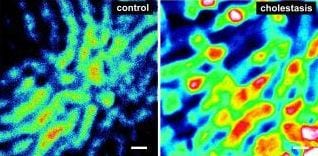
Imaging liver function
What happens in the liver during cholestasis? A novel in vivo imaging technique based on fluorescence microscopy delivers insight into the hepatic excretory function in rat.










